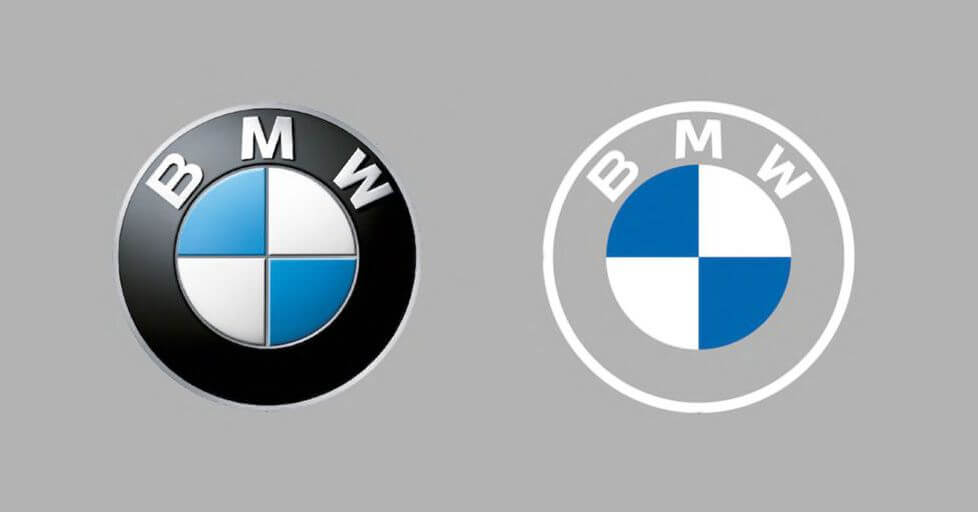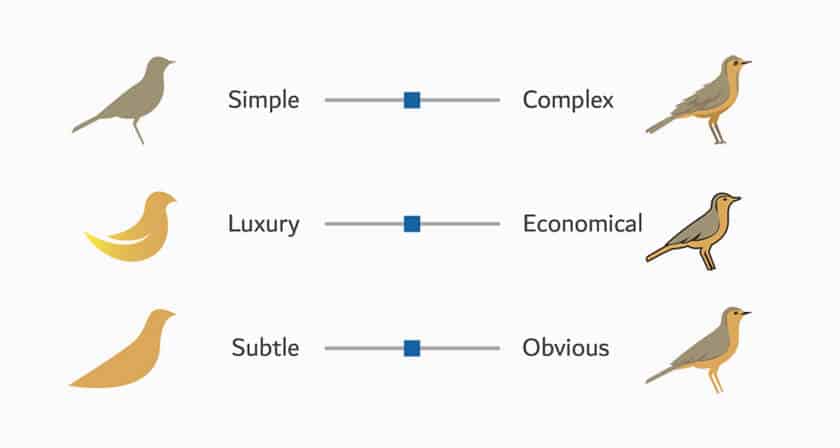
I occasionally meet filmmakers who are unconvinced they should be setting up a website for their project. I always come back to the same point: more films are being made today than at any point in history, so you need to be doing everything you can to boost the credibility and visibility of your project. Having a website is cheap, low-effort, makes your project more credible, and makes you more visible. It’s a no-brainer.
Full disclosure: I have a horse in this race. I founded Matinée, a start-up that lets you set up your own film website in minutes. But don’t worry, this isn’t an advertising piece, this is a practical how-to. I’ll tell you exactly what you should be doing and how to do it. I’ve worked with a bunch of filmmakers hand-building their websites and advising them on their online marketing/distribution, so I know what’s out there, what works, and what doesn’t.
What do you need your website to do?
Before you set up a website, you need to do some soul searching. What do you want to achieve with it? There are a couple common answers to this question.
The Teaser Site
Registering the domain and setting up a site should be one of the first things you do once you’re full-steam-ahead on a film project. For the first few months, while you pull together funding, a cast, etc., you’ll want to have a landing page up for people to see. It’s like staking out your territory on the internet.
This type of website is a “Coming Soon” promo, or a poster you stick up on a telephone pole. You only need five things on a teaser page. You need the title, the trailer, some concept art or stills, Facebook and Twitter. If you don’t have a trailer, you can use a pitch video. The trailer and art let people get people excited, and show that the project is pushing ahead full-steam. Facebook and twitter let people follow you, so you can tell them later about screenings, awards, or other updates.
Check out Love Cat, Much Ado, and Meeting of the Worlds for examples of quite nice teaser sites.
The Production Blog
By now, everyone knows that you need to be building the audience while
you’re in production. The best way to do this is to keep a production blog of behind-the-scenes videos, stills, and other content that can whet your fan’s appetite for more.
WordPress was built for blogs, so give them a try. Just make sure you pick a good theme. Don’t pinch pennies on this, visitors can smell stock themes,
and it doesn’t reflect well on the film. Check out Bad Feeling and Bullets for great examples of websites like this.
The biggest thing to remember with sites like this is just to be posting
frequently and consistently. Also, make sure you’re posting your content around to all the other channels like Facebook and Twitter. It’s a war
for the mindshare of your viewers. They need to remember you in a few months when your film is ready.
The Kickstarter Funnel
When you’re crowdfunding your film, your only interest is getting people to
contribute to your film.The best way to do this is have a very basic
Kickstarter campaigns are all about getting eyeballs on your campaign page. When a fan searches for your film on Google, and sees a results page full of
your movie: kickstarter, twitter, facebook, IMDB, and your film’s website, and each funnels back to your campaign page, you are doing well.
The Distribution Site
Once your film is finished, you want people to watch it. More than that, you
want people to pay for it, and buy t-shirts, posters, DVDs, watch it on Netflix, iTunes etc. Distribution websites like these can be very
powerful. Louisck.net is the classic example of this. AndyX and Indie Game have also done similar things.
Theseare the most complex websites, and the infrastructure to set them up is significant. It can be done on your own, and I’ll tell you how to do it, but for a really good solution to this you’ll need a custom designed site. Talk to me at [email protected] and we might be able to help you out or point you in the right direction.
For DVDs, you’ll need to set-up Amazon Createspace. It takes as bit of effort, but it’s still the easiest way to get on-demand DVD shipping integrated into your website. To offer paid streaming of your film, you can set up Dynamo or Distrify Players. To get on the VOD channels, talk to Distribber. It’s a large upfront cost, but will be worth it if you’re confident you’ll get at least one hundred sales on iTunes or Amazon VOD. Integrate all of these pages into a WordPress or Squarespace site and you’ll be able to get by.
This whole process is way harder than it needs to be. One of our goals at
Matinée is to make self-distribution as simple as possible, so we’ll be tackling each of these problems in turn in the months to come.
How do I set up a film website?
Use WordPress, Squarespace, or Matinée. WordPress and Squarespace are the best general-purpose builders in the world, and can build quite complex and beautiful sites. Matinée is the only website builder in the world tuned for the needs of filmmakers, especially if you’re looking for a teaser page. Click the link and you’ll have a film website set up in five minutes.
WordPress and Squarespace are $8/month, Matinée is $5/month, so none of these are very expensive. All three have hosting built-in. If I had to pick
between WordPress and Squarespace, I’d go with Squarespace, because
their designs look great in most cases, while WordPress can look very
vanilla if you’re not careful. On the other hand, if you’re looking for a production blog-type website, WordPress is probably for you. Just make
sure you choose an interesting theme.
Another thing is to make sure you buy a custom .com domain. Don’t use the generic movietitle.wordpress.org address that you get for free. Buy your domain name directly from WordPress or Squarespace, or from Hover, which is my favourite registrar. It’s cheap, usually less than $15 for a year.
When your site is setup, make sure you put it in your Twitter and Facebook
profiles, as well as posting the link whenever you can. This cross-pollination helps all your pages show up higher in google search results.
You can do it on your own
This is all simple stuff. You could be up and running ten minutes from now
with Matinée, and inside thirty if you go with WordPress or Squarespace.
Having a website is one of the easiest ways to cut through the noise of every other film being made, and actually get noticed by viewers. It’s a top priority.
If you have any questions or comments about this article, don’t hesitate to reach out to me at [email protected].
BIO:
Gareth is the co-founder of Matinée, which aims to make self-distribution simple for all filmmakers. He has worked with a score of successful films, documentaries, and webseries on their online marketing and distribution efforts, including Race to World First, Close to Here, and Southern Belle. Trained as a software engineer, Gareth spent part of his career at Facebook, where his work keeps a billion facebook feeds free from spam to this very day. Check out his seminar on self-distribution at Raindance Toronto on November 21st.
This content was originally published here.


